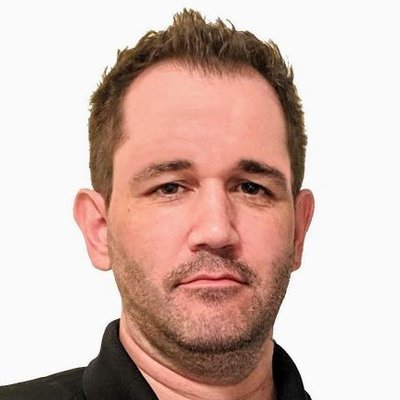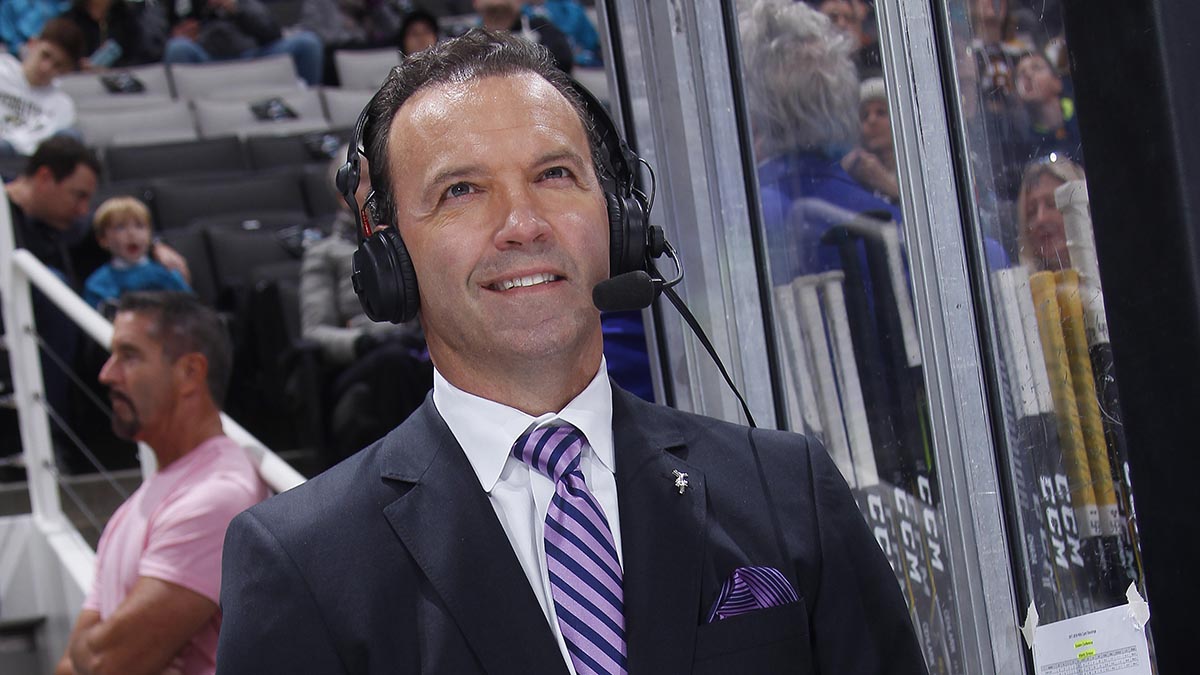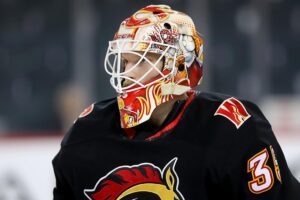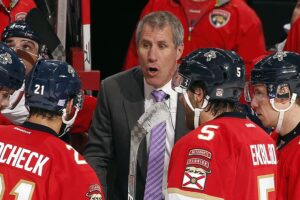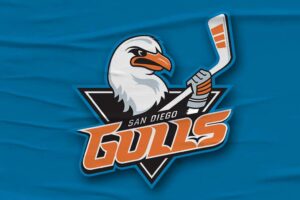![]() Patrick Williams, TheAHL.com Features Writer
Patrick Williams, TheAHL.com Features Writer
Bret Hedican can relate to the struggle of today’s players in establishing a pro career.
He has been there.
A 10th-round pick in the 1988 NHL Draft, Hedican went on to become a trusted defenseman who built a 1,039-games NHL career that included a Stanley Cup championship and two Olympics with Team USA. But he encountered his share of turbulence, especially early.
“In looking back at my career,” Hedican admits, “I spent some time in the minors (with IHL Peoria in 1992-93), and actually now that I have perspective I wish I would have spent more time there.”
After his playing career ended in 2009, Hedican moved quickly to build himself a new career in broadcasting, a transition that brought about another learning process. Working in both studio and analyst roles, Hedican went on to spend 15 years with the San Jose Sharks’ TV and radio crews, and he also provided color commentary for Westwood One’s radio coverage of men’s and women’s hockey at the Sochi Olympics in 2014.
Hedican and his wife, Olympic figure skater Kristi Yamaguchi, have two daughters, Keara (20) and Emma (18). And with his family growing up, Hedican’s schedule has opened up a lot more recently. So when a hockey operations opportunity with the Anaheim Ducks arose this summer, Hedican grabbed it, joining the organization as a player development analyst for the San Diego Gulls.
It’s a chance to build another new career while also going back to the day-to-day, on-ice work that he had craved.
“This gives me an opportunity to be more involved in an organization,” Hedican explained. “I’m extremely excited about (Gulls head coach) Matt McIlvane and their coaching staff and the young talent that’s within the Ducks organization that allows me to get these players up to speed even quicker than maybe you thought. That’s utilizing one of my strengths, which is helping guys be the best they can be.”
With Anaheim in a rebuild, Hedican said, “our role is vital to be able to get these players up to speed faster, to be more confident when they reach the NHL.”
In Hedican, the Ducks are getting a hockey eye who won a championship with Carolina in 2006 and also went to two other Finals, with the Hurricanes in 2002 and with Vancouver in 1994. Now the 54-year-old Hedican believes that he can help Anaheim’s prospects prepare to make the same successful jump that he did coming out of St. Cloud State in 1991. It’s also a return to Anaheim, where Hedican spent his final season before retiring.
As a player, Hedican was an early adopter in the move to breaking down video of his own play. But his work has expanded beyond the ice and the broadcasting booth, too. Along with hockey, he has mentored athletes in soccer and golf, helping them in their training as well as the mental side of their respective sports.
“I’ve done athletes across the board,” Hedican said.
Hedican knows as well as anyone that the path to a full-time NHL role is not a direct one for most players. Drafted out of North St. Paul High School in Minnesota, Hedican played three seasons at St. Cloud State before making the 1992 U.S. Olympic Team. He went on to play for St. Louis, Vancouver, Florida, Carolina and Anaheim.
“My road to staying in the NHL was not a smooth one,” Hedican outlined, “and that’s the good news. Because all those ups and downs, learning how to stay in the NHL, being able to play a long time… I think the biggest thing that I can lend to a young player is having them be able to self-assess right, to really self-evaluate, to know that they do have weaknesses in their game.
“Yes, they’ve got a lot of strengths that we can lean into and be able to capitalize on, but it’s also realizing those weaknesses within the game that we can work on to get better.”
For many prospects, the AHL can be the first time that they experience significant career turbulence. So many of them have had tremendous success at previous levels only now to hit roadblocks in a league one step removed from the NHL.
“They’ve reached a point in their career now where everybody is good,” Hedican said. “It’s not as easy as they thought it was going to be.”
So what might separate a player who makes it from one who falls just short?
“The one thing I think is huge is the mental side, the sports psychology side,” Hedican continued. “To lend that perspective to some of these players today, I’m really excited because I don’t know if a lot of players put enough emphasis on it. I know I didn’t as a young player.
“As I got older and started to put more emphasis on it, the more I relied upon the mental side of the game, to be able to play with a minute to go with the goaltender pulled in a 2-1 hockey game in Game 7 of the Stanley Cup Final. But I was trained to do that, and I worked on my weaknesses over the course of my career that allowed me to be on the ice then.”
Hedican learned early that there is no avoiding those obstacles, traps and pitfalls that come with breaking into the pro game. It was not that way in 1992 when he broke in, and it is not that way now. It can be an uneven, trying and frustrating process at times. That’s where Hedican wants to help in San Diego.
“When players start to hit those hurdles and those tough sticking points based on the toughness of the environment – whether it be the AHL or NHL – that’s where guys like me, guys who have been there before, can lend that perspective to take to stay even-keeled.
“Not too high, not too low… you know, those aren’t just cliches. Those are things that you have to work on and practice on a daily basis. ‘Hey, this is normal. You’re going to have some ups and downs, and this is how we’re going to navigate through it.’”
On the American Hockey League beat for two decades, TheAHL.com features writer Patrick Williams also currently covers the league for NHL.com and FloSports and is a regular contributor on SiriusXM NHL Network Radio. He was the recipient of the AHL’s James H. Ellery Memorial Award for his outstanding coverage of the league in 2016.